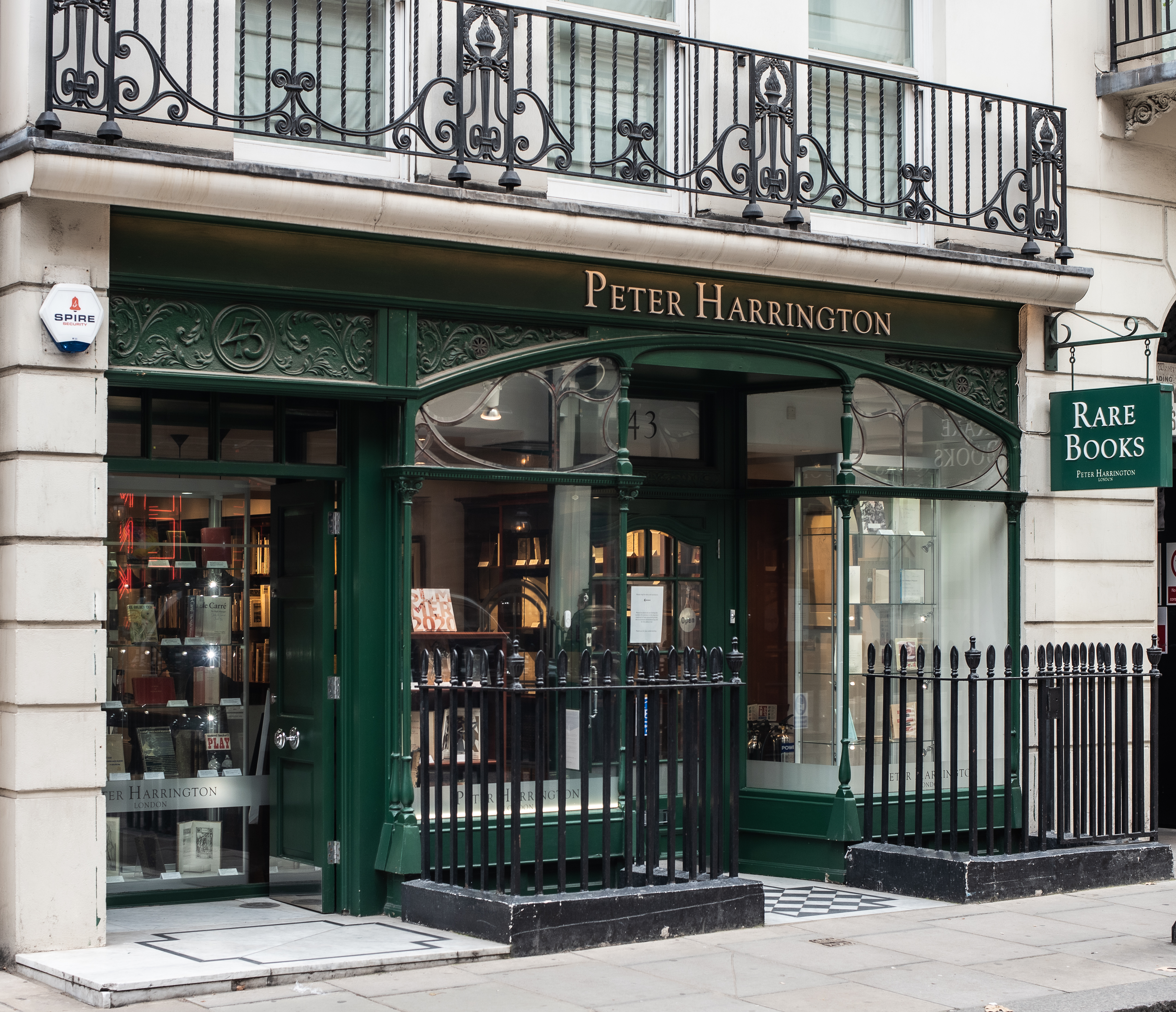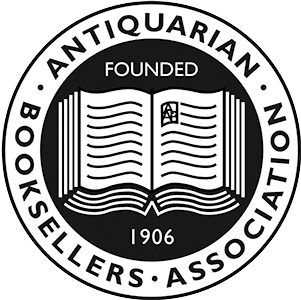London: Printed by William Jackson, for Claude du Bosc,, 1733-39. The book that changed Europe First complete edition in English of one of the great books of the 18th century, a beautifully illustrated survey of religious observances around the world, marking "a major turning point in European attitudes toward religious belief" (Hunt, Jacob & Mijnhardt, p. 1). Originally published in French at Amsterdam between 1723 and 1737 (Ceremonies et Coutumes Religieuses de tous les Peuples du Monde), the monumental project was the result of a collaboration between Europe's leading engraver, Bernard Picart, and the publisher and author Jean Frederic Bernard. Both men were Protestant refugees driven by the Counter-Reformation from France to Amsterdam, where, in a fertile milieu of radicals and free-thinkers, they produced one of the world's greatest religious books. An English edition of three volumes only had been published in 1731, by Nicholas Prevost (under the slightly different title The Religious Ceremonies and Customs of the Known World), long before the project was completed in the original French, and with Prevost not continuing the series as the further French volumes appeared. This complete edition was published by Claude du Bosc from 1733 to 1739, reprinting the material which had appeared in the Prevost edition and continuing the series till its completion. Some contemporary owners bound up a mix of the two editions; this set, a uniform copy of the du Bosc editions in a handsome contemporary binding, is particularly desirable. While the English translator expurgated some of the most heretical passages, the translation is, unlike many piracies and later editions, true to Bernard and Picart's grand vision. As a reference book it was unprecedented; "no other work before then had ever attempted, in word and image, such a grand sweep of human religions" (ibid. p. 1). But as a meditation on culture it was revolutionary. "It sowed the radical idea that religions could be compared on equal terms, and therefore that all religions were equally worthy of respect - and criticism. It turned belief in one unique, absolute, and God-given truth into 'religion', that is, into individual ceremonies and customs that reflected the truths relative to each people and culture" (ibid. p. 2). The work is especially sought after by Americana collectors for its treatment of the native American peoples, the first 200 pages of vol. III being devoted to them. Descriptions of idolatry, soothsayers, priests and prophecies as well as languages, clothing, ornaments, marriage, childbirth, diseases, lawsuits, slaves and death are provided. The 34 engravings in this section include illustrations of natives from Canada, Virginia, Florida, Hispaniola, Mexico, Venezuela, the Caribbean and Peru engaged in a wide variety of activities. "Some of the illustrations... are rather fanciful, placing Indians in settings that suggest ancient Roman architecture and statuary or traditional European carpentry, furniture, and decorative wooden floors. Bernard's collection treats such individual topics as combat, sacrifices, religion, funeral customs, romance, and marriage... drawing from disparate sources for their interest value" (Landis). The remainder of vols. 3 and 4 describe practices in India, the East Indies, Persia and Africa. The other volumes are dedicated to the ceremonies of Jews, Christians (Catholic, Orthodox and Protestant) and Muslims. Picart's illustrations of Jewish rituals are particularly valued. "Picart earned a place in the history of Jewish art by his realistic portrayal of Jewish religious rites. These constitute an invaluable record of Dutch Jewry in the early eighteenth century... Picart sought out Jews in the synagogue and in their homes in order to acquaint himself with their ceremonies. In his picture of a Passover celebration the artist himself can be seen, hatless, participating in the meal" (Encyclopedia Judaica XIII, 498). 7 vols bound as 6, folio (445 x 268 mm). With all 221 engraved plates, some double-page or folding. Title pages printed in red and black with vignette. Contemporary diced russia, twin orange and green morocco labels, richly gilt in compartments, gilt insect roll border to covers, gilt turn-ins, marbled endpapers, gilt edges. Contemporary bookplate of Jacob Astley of Melton Constable in Norfolk to front pastedowns, with the name clipped off. Seven plates sometime supplied, expert restoration to bindings and consequently presenting very handsomely, light creasing to edges of first few leaves of vol. I, scattered light foxing or browning but contents otherwise clean, two plates bound upside down; an excellent, very attractive set. European Americana 733/66; Sabin 4934 (1731-39 Ed); Landis, The Literature of the Encounter 31 (Amsterdam 1723 Ed); Hiller 708; Lipperheide 1808. Hunt, Jacob & Mijnhardt, The Book that Changed Europe: Picart & Bernard's Religious Ceremonies of the World, Harvard UP 2010.


















